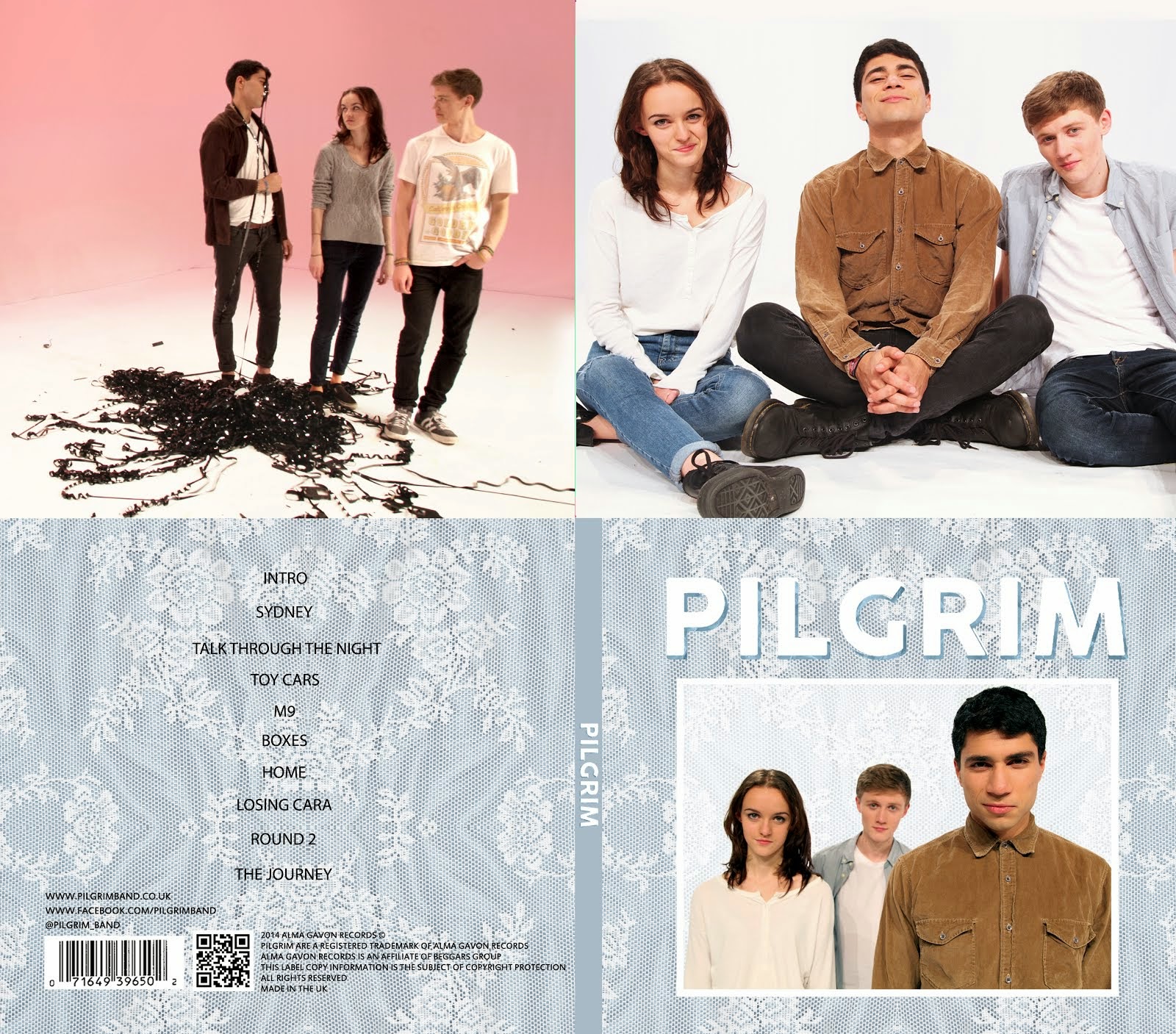Prelim Evaluation
The brief of our prelim task was to film and edit a character opening a door, crossing a room, sitting in a chair and exchanging lines of dialogue with another character, whilst demonstrating understanding of match on action, shot-reverse shots and the 180-degree rule.
Who did I work with and how did we manage the task between us?
I worked with Alice and Shani and during planning we all played an equal part in decisions on genre, plot and shot ideas. During filming, me and Shani acted and Alice was on the camera as well as sound in shots when both me and Shani were in frame. If we experienced a practicality issue that was unforeseeable during planning, we'd jointly make a decision on what to do next. During editing, we edited 3 shots each but made group decisions on cutting points for each shot. Whilst me and Alice were more confident on editing, Shani was much more confident than myself at acting.
How did we plan your sequence? What processes/theories did we use/take in to account?
We first chose our genre as a spy thriller, and decided to have a 'Bond-like' take on the sequence. We first decided what shots we wanted to include by trying to use a range of shots in our sequence and demonstrate understanding of continuity theory. We then tried adding a script to the sequence, which proved difficult - in hindsight, I would have written the script first before shot planning. We tried to establish narrative understanding through the dialogue and iconography conventions such as Shani holding a small dog (often a cat in spy films, such as Austin Powers), which was somewhat effective but we found it hard to provide background knowledge of the situation.
What technology did we use to complete the task, and how did we use it?
We used a to film our footage, as well as a standard tripod to hold the camera. We then downloaded the footage into premiere pro to edit our sequence. We used bins to hold and organise our footage, the source monitor to view different shots and choose in and out points to cut, and the timeline to drop our edited shots in. We used a two-track system, meaning each video and audio clip were on alternating tracks, making it easier to see where a shot starts or ends. We also changed some of the sound levels to make my voice slightly louder so that it was at the same volume as Shani's.
What factors did we take in to account when planning, shooting
and editing?
and editing?
While planning, we had to make decisions on setting, actors, props and shot types. We had to make quick decisions as we only had an hour to plan. We shot in the media block as we would definitely have permission and there was no chance of anyone ruining shots. We organised who was to bring in which props and costumes. We had very little time when shooting so we quickly got through them (although still overrunning a bit at the end), trying to abide by the 180-degree and 30-degree rules, which we managed to follow, except for the last shot in which we broke the 180-degree rule. While editing, our biggest issue was that one of our shots had Shani without glasses on when she was meant to be wearing them, meaning we had to quite drastically change our shot order and use a short smirk from the end of another shot of Shani to fill a gap between two shots of me walking. We also had to make sure the match on action fitted smoothly and there were no jump cuts.
How successful was our sequence? What would we do differently?
Overall our sequence was successful in meeting the demands of the brief, as it had a character opening a door, walking through the room and (somewhat) sitting down, as well as dialogue between the two characters. Our main issue was forgetting to put a chair in the place I would be sitting, and with it looking awkward having me sit on the table, we had to improvise slightly. In hindsight, I would block out the whole sequence at once, looking for continuity issues that may arise and planning the whole set before shooting.
What have I learnt from this task? How will this learning be significant when completing the rest of my coursework?
I have learned how difficult it is to get the continuity of a sequence perfect and to add to the suspension of disbelief. I have also learned the main points in continuity theory, such as match on action, the 180-degree rule and the 30-degree rule. When completing my real coursework task, I can incorporate this theory with my knowledge of genre and narrative theory to create a comprehensible and entertaining sequence. I have also learned of the importance of planning all shots before the shooting slot starts, as we overran time-wise on our shooting due to indecision on shots on the day.


No comments:
Post a Comment